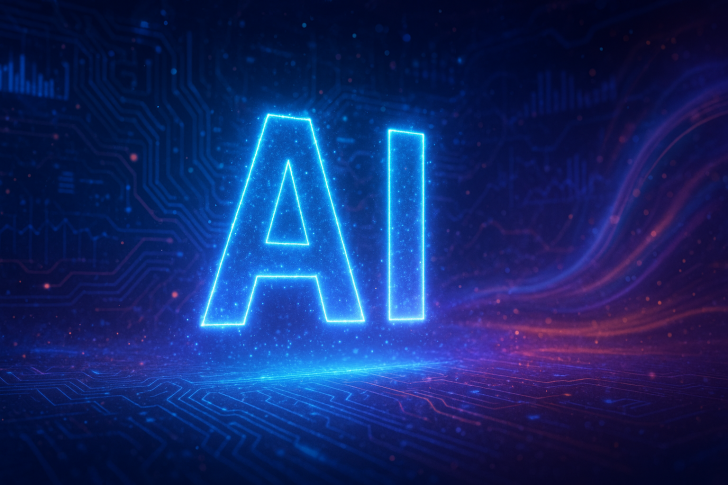The AI industry is moving at lightning speed—but not everyone thinks we're heading in the right direction. Fei-Fei Li, one of AI's most respected researchers, recently warned that today's language models are "extremely limited," despite all the hype.
These two observations tell the same story from different angles—AI is advancing incredibly fast on the infrastructure side, but the fundamental science might be hitting a wall. As companies pour billions into bigger models and more GPUs, Li's comments raise a crucial question: are we building true intelligence, or just really impressive pattern-matching machines?
What Fei-Fei Li Is Saying
Meanwhile, Evan pointed out something wild: just three years ago, Intel's data center business was bigger than Nvidia's. Now Nvidia dominates completely, powering nearly every major AI system on the planet. Fei-Fei Li, Stanford professor and co-founder of AI4ALL, has been one of the few prominent voices questioning where large language models are actually headed. Her main point? These systems don't really understand the world—they just understand text.
"There's no language written in the sky," Li said. "Language is an abstraction—models that learn only from text can't truly grasp the world they describe."
She's arguing that text-only AI hits a ceiling because it lacks real-world experience. It can't reason about physical space, cause and effect, or anything requiring sensory understanding. Li and others now believe the next leap forward will come from "world models"—AI systems that combine language with vision, spatial awareness, and temporal reasoning to actually perceive context, not just mimic it.
On the business side, the shift has been just as dramatic. In late 2021, Intel's data center revenue was still bigger than Nvidia's. Three years later, Nvidia's data center business brings in over $30 billion annually and has completely reshaped the AI landscape. Intel, once the undisputed king of server hardware, is now scrambling to catch up in a GPU-driven world.
This isn't just a corporate rivalry—it shows how fast AI infrastructure can pivot. The companies supplying the compute power are now steering the direction of global AI research.
Where Theory Meets Reality
Here's where things get interesting: Fei-Fei Li's warning and Nvidia's dominance are actually connected. The more we scale up models, the more we depend on massive GPU infrastructure. But if language-only models are fundamentally limited, we might be building enormous computing power for systems that still can't truly understand anything.
That creates some big questions:
- Will progress come from bigger data centers or smarter architectures?
- Are we optimizing for understanding—or just speed and scale?
- Does the next breakthrough require not just more compute, but a completely different kind of intelligence?
For researchers, builders, and investors, the takeaway is clear: the AI landscape is shifting again. Future breakthroughs won't just come from throwing more GPUs at the problem—they'll come from multi-modal systems that connect language, vision, and physical reasoning. The models dominating today might look outdated in a few years as embodied AI and world simulations take over.
Nvidia's rise shows how quickly the industry can change. But Fei-Fei Li's caution reminds us that raw computing power alone won't create real intelligence. The next phase of AI won't just be about reading more data—it'll be about actually understanding the world.
 Peter Smith
Peter Smith

 Peter Smith
Peter Smith


